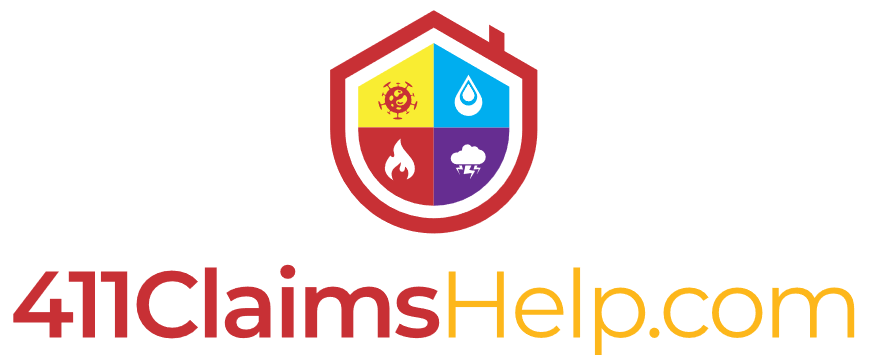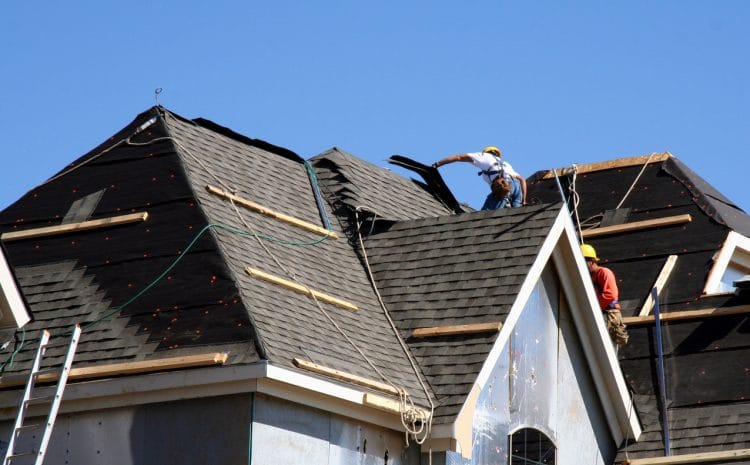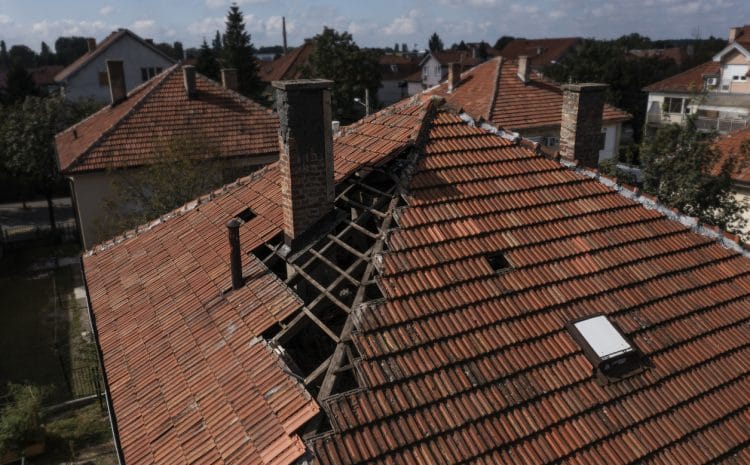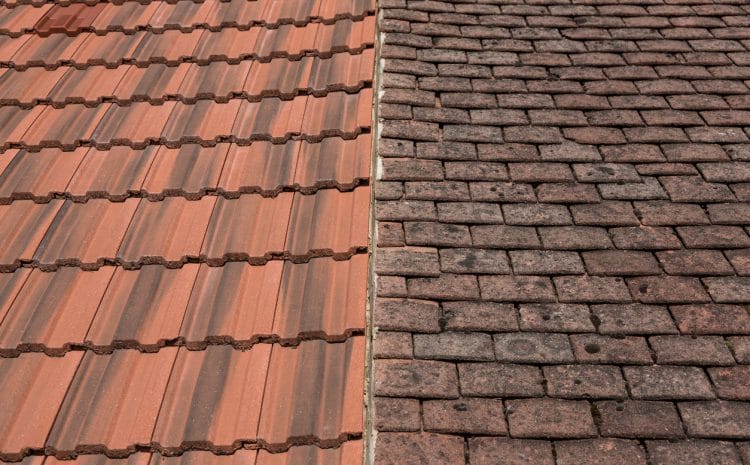What Is Property Damage Liability? Complete Guide
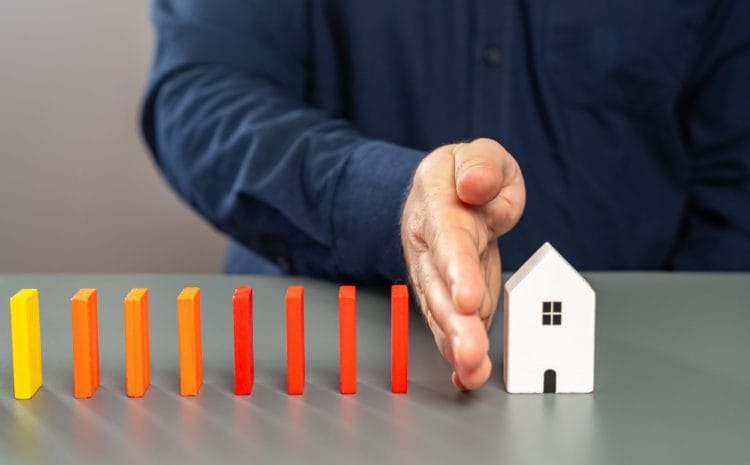
Accidents happen every day—on the road, at home, or even in public spaces. When they do, one of the biggest concerns is who will pay for the damage caused to another person’s property. This is where property damage liability comes in. But what is property damage liability, and how does it affect you as a driver, homeowner, or business owner? In this guide, we’ll break it down in simple terms, explain its importance in insurance, and highlight situations where having the right knowledge—and sometimes the right lawyer—can save you from costly mistakes.
What Is Property Damage Liability?
Property damage liability is a type of insurance coverage that pays for damage you cause to someone else’s property. It does not cover your own property. Instead, it protects you financially if you are found responsible for damaging another person’s belongings, vehicle, or structures.
For example, if you accidentally rear-end another driver’s car, property damage liability helps cover the repair costs. Similarly, if you drive into someone’s fence or mailbox, this coverage handles the bill. Without it, you would be responsible for paying those expenses out of pocket.
Define Property Damage Liability in Insurance Terms
To define property damage liability more formally: it is a legal and financial responsibility that insurance companies cover on behalf of their policyholders when they cause property loss to another person.
Key points include:
- It only applies to third-party property, not your own.
- It usually comes with limits, such as a maximum dollar amount per accident.
- It is required by law in most U.S. states as part of auto insurance.
Understanding these limits is important because if damages exceed your coverage, you may still be personally liable for the remaining costs.
Why Is Property Damage Liability Important?
Property damage liability matters because accidents can quickly escalate into large financial burdens. Even a minor collision can result in thousands of dollars in repair costs, while damage to commercial property could reach six figures.
This type of coverage ensures:
- The victim is compensated fairly.
- You are shielded from paying out of pocket beyond your insurance limits.
- Legal disputes are minimized because your insurance provider steps in.
Think of it as a safety net that keeps one mistake from turning into a financial disaster.
Types of Situations Covered by Property Damage Liability
Property damage liability generally applies in the following scenarios:
- Vehicle accidents: Repair or replacement costs for other drivers’ cars.
- Residential property damage: Accidents involving fences, mailboxes, or landscaping.
- Commercial property damage: Crashing into storefronts, signs, or company vehicles.
- Public property damage: Hitting light poles, guardrails, or other government-owned structures.
Each case depends on your insurance policy and state laws, but in all situations, liability coverage is designed to protect the victim’s property, not yours.
How Property Damage Liability Works in Auto Insurance
Since car accidents are the most common trigger, auto insurance is where property damage liability plays the biggest role. Every driver must carry minimum coverage as required by their state. For example, some states mandate as little as $10,000 in coverage, while others require $25,000 or more.
When an accident happens:
- You report the claim to your insurer.
- The insurer investigates fault and assesses damages.
- The insurer pays the victim up to your coverage limit.
- If damages exceed your limit, you may have to pay the difference.
This process shows why having higher coverage than the minimum requirement is often a wise decision.
Property Damage Liability vs. Collision Coverage
It’s easy to confuse different types of insurance, so here’s a breakdown:
- Property damage liability: Covers other people’s property when you’re at fault.
- Collision coverage: Covers your own vehicle when you’re at fault or involved in an accident.
Both are important, but they serve different purposes. Liability ensures you don’t bankrupt yourself paying for someone else’s damages, while collision ensures you can repair or replace your own vehicle.
Do You Need a Property Damage Liability Lawyer?
Sometimes, accidents don’t resolve smoothly. Insurance companies may deny claims, underpay damages, or dispute fault. This is where a property damage liability lawyer becomes valuable.
A lawyer can help when:
- Your insurer refuses to cover legitimate damages.
- The other party claims damages that seem excessive or fraudulent.
- The accident leads to lawsuits or complicated legal disputes.
- You’re unsure whether your coverage limits will protect you fully.
Legal representation can prevent financial setbacks and ensure your rights are protected during negotiations or litigation.
State Laws and Minimum Coverage Requirements
Each state sets its own minimum property damage liability requirements. For example:
- California: $5,000 per accident.
- Florida: $10,000 per accident.
- Texas: $25,000 per accident.
You can check state requirements through your Department of Motor Vehicles (DMV) or insurance commissioner’s office. (See National Association of Insurance Commissioners or your local state DMV for up-to-date details.)
Remember, minimums are often not enough to cover modern repair costs. Many experts recommend carrying at least $50,000–$100,000 in liability coverage.
Common Misconceptions About Property Damage Liability
Many people misunderstand how this coverage works. Here are a few clarifications:
- It doesn’t cover your car. That’s collision or comprehensive coverage.
- It doesn’t cover medical bills. That falls under bodily injury liability.
- It isn’t optional. Most states legally require it for drivers.
- It doesn’t prevent lawsuits. If damages exceed your coverage, you can still be sued.
Knowing what property damage liability does—and does not—cover prevents unwelcome surprises.
How to Protect Yourself with the Right Coverage
The best way to safeguard yourself is by reviewing your insurance policy and adjusting your limits. Consider:
- Increasing your coverage: Go beyond the state minimum.
- Bundling policies: Combine auto and homeowners insurance for better protection.
- Adding umbrella insurance: Provides extra liability protection if claims exceed standard policy limits.
These steps ensure that one accident won’t ruin your finances.
If you’re dealing with an insurance dispute or a denied claim, professional help makes all the difference. The team at First Property Loss Attorney specializes in protecting policyholders’ rights and ensuring fair settlements. For guidance on filing or appealing a claim, explore Property Damage Insurance Claim resources today.
FAQs About Property Damage Liability
Q1: What is property damage liability in simple terms?
A1: It’s insurance that pays for damage you cause to someone else’s property, such as vehicles, buildings, or fences.
Q2: Does property damage liability cover my own car?
A2: No, it only covers damage to others’ property. To repair your car, you need collision coverage.
Q3: Is property damage liability required by law?
A3: Yes, most U.S. states require drivers to carry a minimum amount of liability coverage.
Q4: How much property damage liability coverage should I carry?
A4: While state minimums vary, most experts recommend at least $50,000–$100,000 for better protection.
Q5: When should I hire a property damage liability lawyer?
A5: Hire one if your insurer denies coverage, the damages are disputed, or the case involves lawsuits.
Q6: Can property damage liability protect me from lawsuits?
A6: It helps cover costs, but if damages exceed your coverage, you could still face legal action.
